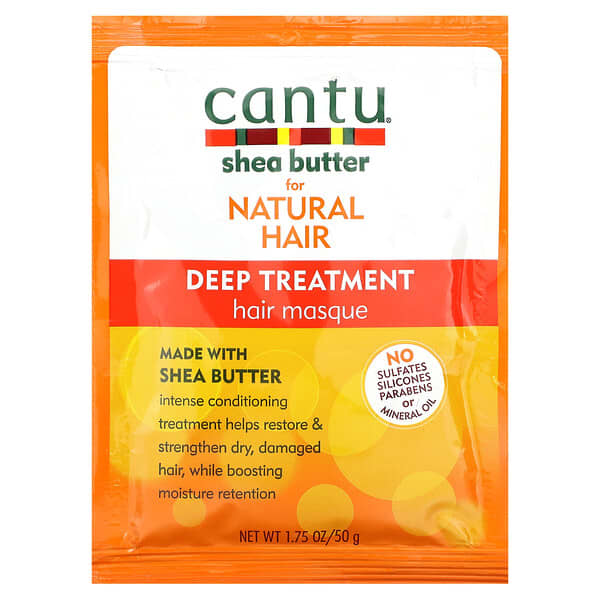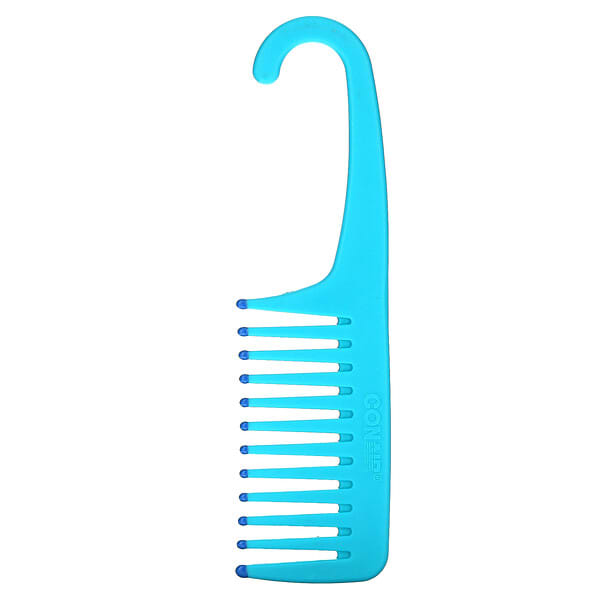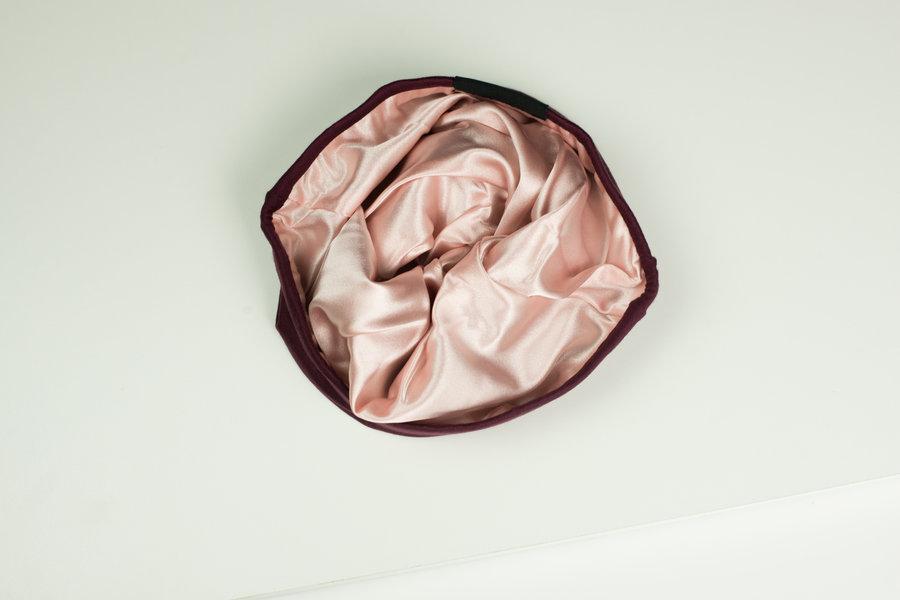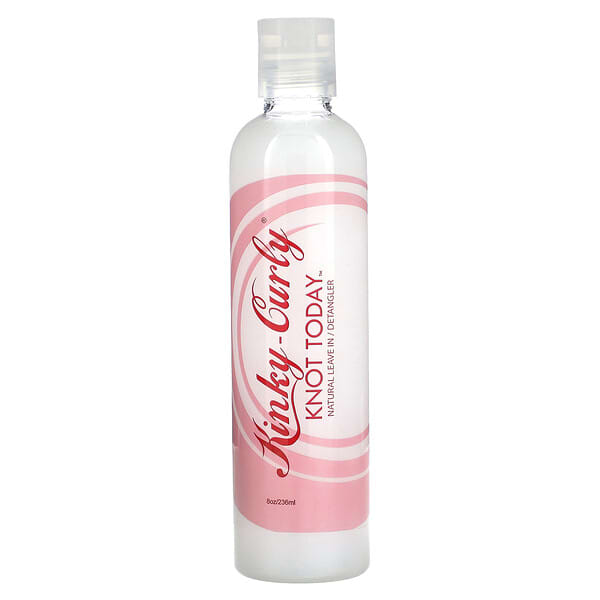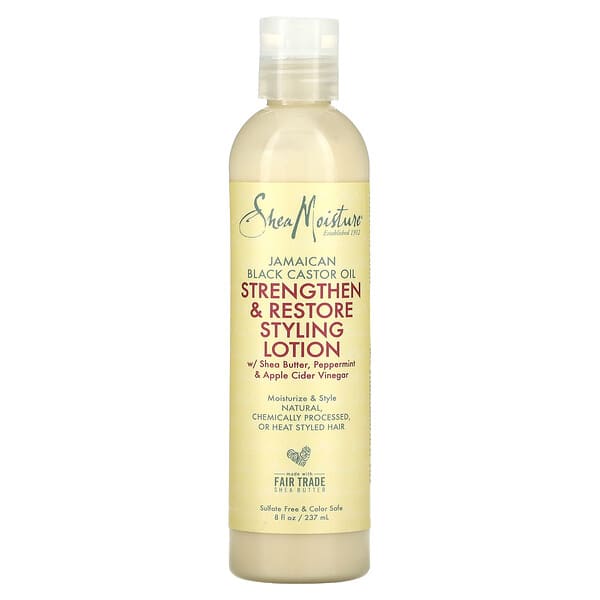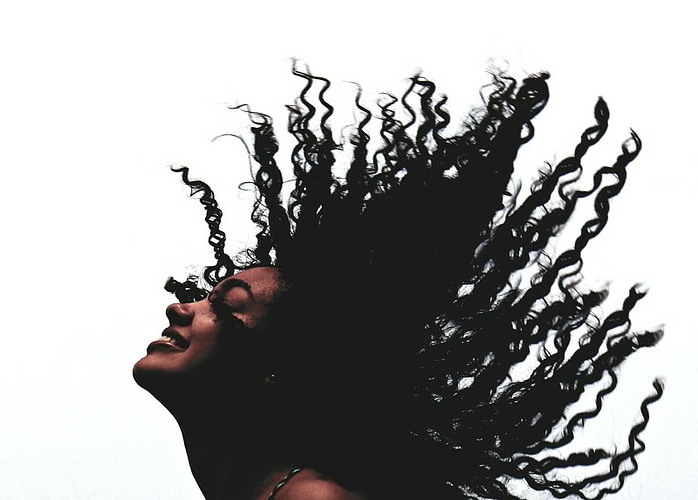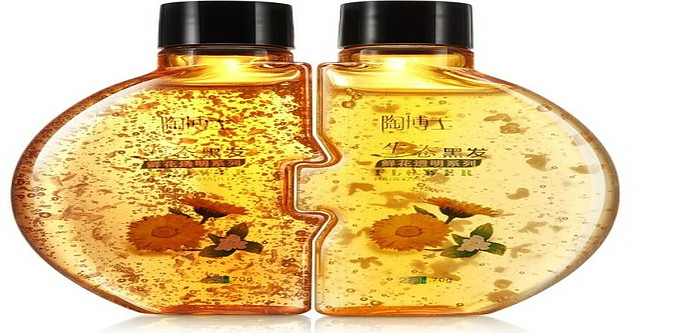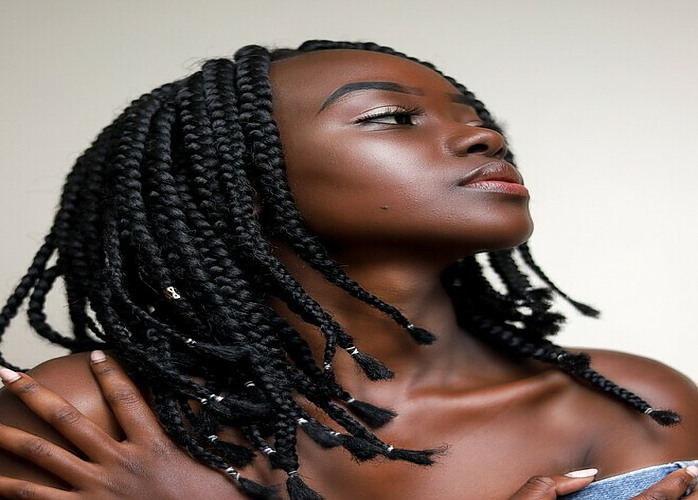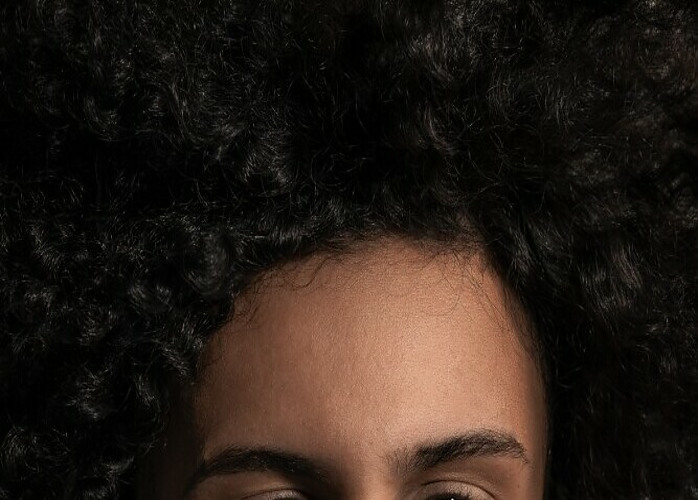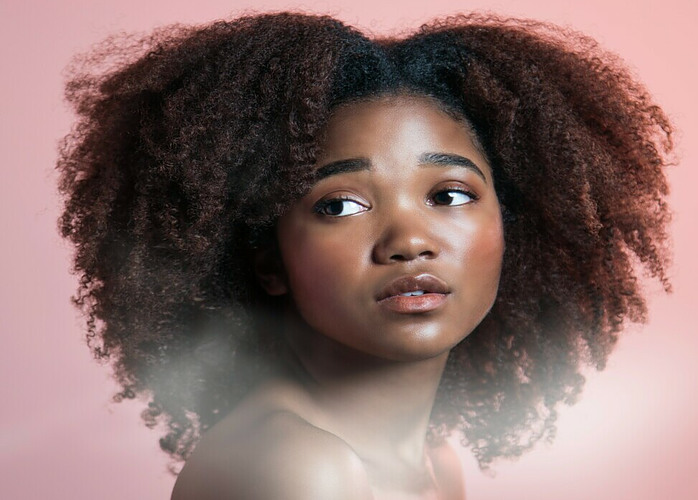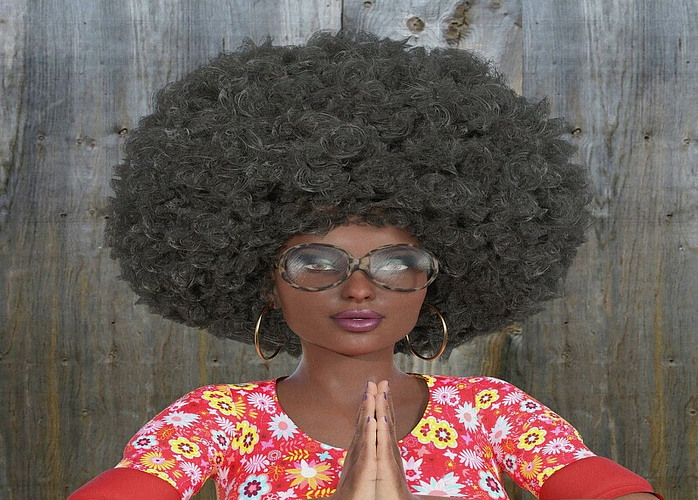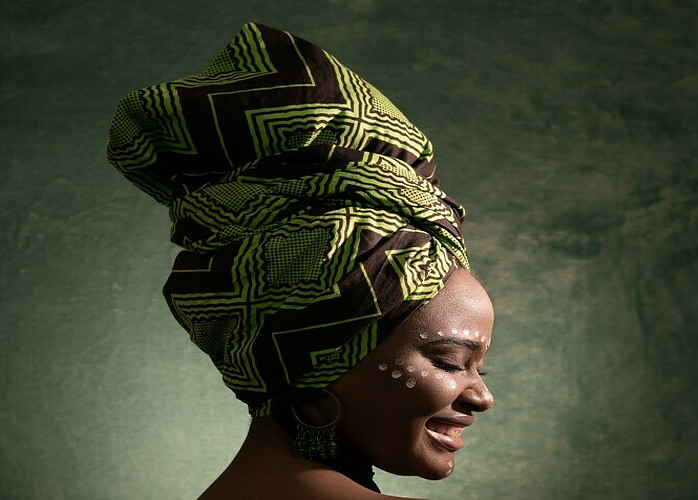I’m going to let you in on a secret: afro hair, with its beautiful coils and incredible volume, isn’t just about making a statement — it’s a masterpiece of nature that demands special care. You see, this unique hair type is inherently delicate and prone to dryness, which calls for an effective, nourishing routine to maintain its health and splendor.
Natural oils have been the cornerstone of hair care for centuries, playing a critical role in keeping hair moisturized, strong, and vibrant. They’ve passed the test of time, and for a good reason: they work. The right oils can create a protective barrier around each hair strand, locking in moisture and keeping the hair soft and manageable.
But remember, this isn’t just about choosing any oil off the shelf; it’s also about understanding the makeup of afro hair and how different oils can complement its texture. So, as we explore the oils best suited for your crown of curls, we’re also going to touch on some tips that’ll ensure you’re pampering your hair with nothing but the best.
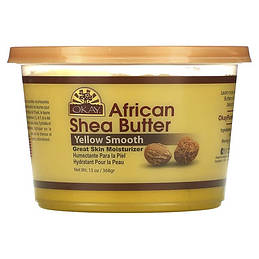
Choosing Your Best Oil Match: Factors to Consider for Afro Hair
I’m going to kick things off by emphasizing the importance of hair porosity. This is the hair’s ability to soak up and retain moisture. Low, normal, and high porosity hair types each have distinctive needs, especially when it comes to oil selection.
The texture of an oil matters. Lighter oils are excellent for a non-greasy feel and quick absorption, favoring normal to high porosity hair. On the flip side, thicker oils can be a godsend for low porosity hair, providing a heavier moisture seal.
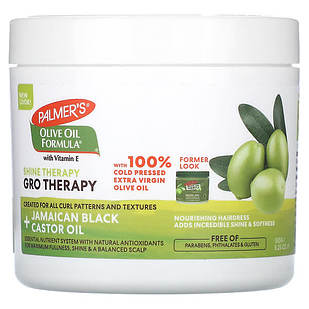
Now, don’t worry too much about getting too scientific here. It’s all about how the oil nourishes your hair. A rich nutrient profile can include fatty acids, vitamins, and antioxidants, which support hair strength, elasticity, and overall health.
And remember, the best outcomes come from consistency and patience. Regular oil treatments aligned with your hair needs can dramatically improve the texture and strength over time.
Now what’s the next step after picking an oil? I’m going to steer you towards understanding the top contenders in the oil game. This isn’t just about choosing an oil; it’s also about understanding what each one can do for your heavenly afro.
The Top Nourishing Oils for Afro Hair: Nature’s Finest
Coconut oil has earned its reputation as a powerhouse for hair care. It’s particularly effective for penetrating hair strands, thanks to its low molecular weight and straight linear chain. I’m going to touch on how it not only moisturizes but also prevents protein loss, making it a go-to for strong and resilient strands.
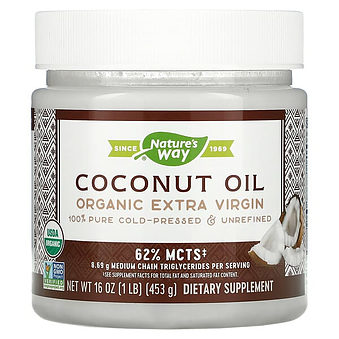
Next up, let’s talk argan oil, often referred to as ‘liquid gold’. It’s packed with vitamin E and fatty acids, perfect for taming frizz and adding a lustrous shine. And guess what? It’s lightweight and non-greasy, making it a superb choice for your hair without leaving heavy residue.
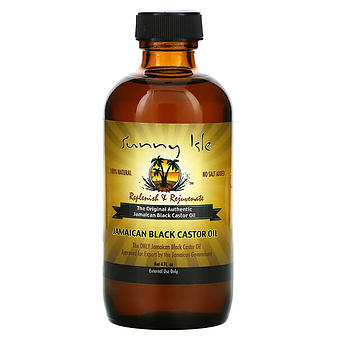
Jamaican Black Castor Oil is a tried and true favorite for promoting hair growth. This oil is rich in ricinoleic acid, which can help increase blood circulation to the scalp and support healthier hair growth. Moreover, its thick consistency is great for those with coarse hair textures.
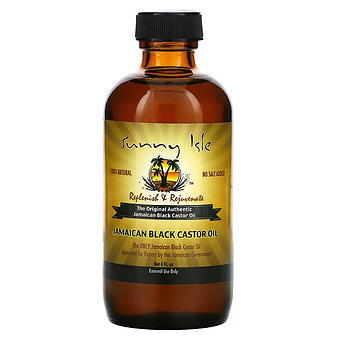
Lastly, jojoba oil closely resembles the sebum that our scalp naturally produces. In my opinion, this makes it an ideal oil for keeping the scalp moisturized and for reducing dandruff. It has a light texture and is perfect for daily use without clogging pores.
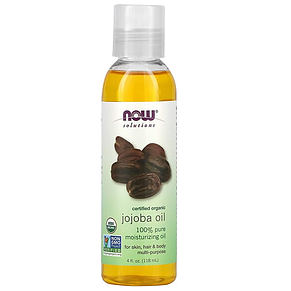
Now, you’re probably wondering how exactly to apply these oils to get the best results. That’s what I’m going to cover in the next section. I’ll provide tips on the proper technique for applying oil to afro hair, so you can maximize the benefits from these natural wonders.
Application Wisdom: How to Apply Oils for Optimal Afro Hair Health
You’ve got your hands on some of the best oils out there, and now you’re probably wondering how to use them to get the most bang for your buck. It’s not just slathering oil onto your scalp and hair; there’s an art to it. I’m here to help you master that art.
Clean hair is akin to a blank canvas for an artist. Applying oils to dirty hair can lead to buildup, blocking the goodness from getting where it needs to go. So start with a clean slate. When it’s time to apply oil, section your hair to ensure thorough coverage, warming the oil slightly between your palms first for better absorption.
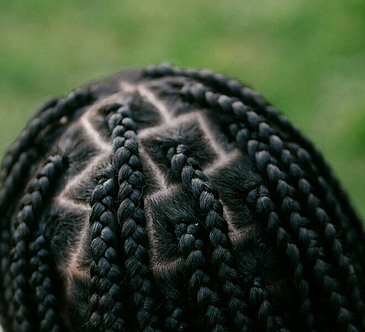
Just like you don’t need to wash your hair every day, you don’t need to oil it daily either. For most afro hair types, a couple of times a week is plenty. However, listen to your hair; if it’s thirstier than usual, it’s okay to up the frequency. And remember, a little goes a long way. Using too much oil can weigh your hair down and cause buildup.
Hot oil treatments can be a game-changer for afro hair. They’re supercharged sessions that can deeply condition and infuse your hair with nutrients. About once a month, warm your chosen oil, apply it generously, cover your hair with a cap, and let the heat do its magic for about 15-30 minutes before rinsing it out.
Whether it’s a regular oiling routine or the occasional hot oil treatment, what you’re doing is creating an environment where your hair can thrive. You’ll notice the difference not just in the look, but in the health and feel of your hair over time.
Beyond the Bottle: Lifestyle Tips for Nourishing Afro Hair Inside and Out
I’m going to wrap this up by stressing that how you care for your afro hair transcends what you put on it. It’s also about nurturing from within. Choose something that resonates with you, like a bad hair day rescue recipe or a hair growth nourishing habit.
You are what you eat, and your hair is no exception. I encourage a diet rich in vitamins A, E, and C, along with minerals like zinc and iron. These are the building blocks for strong and healthy hair.

Now, protective styling is a game-changer. By limiting environmental stress and damage from over-styling, you help your hair hold on to those precious oils.
Don’t overlook the simple act of keeping well-hydrated. Water is the giver of life, including for your hair. Aim for at least 8 glasses a day to keep your hair and scalp happy.
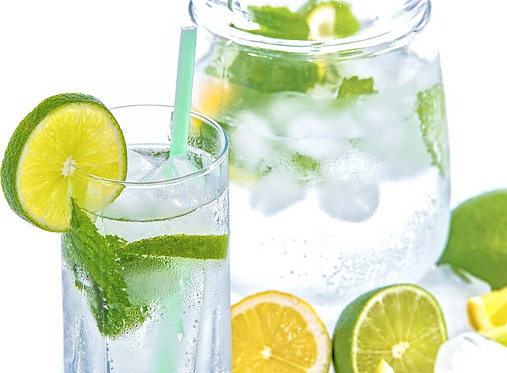
Remember, a holistic approach is crucial for the health of your hair. It’s not just about the products; your lifestyle plays a pivotal role, too. Try these tips, and I really hope that you notice a positive transformation in your hair’s health and appearance.
Here’s a little transparency: Our website contains affiliate links. This means if you click and make a purchase, we may receive a small commission. Don’t worry, there’s no extra cost to you. It’s a simple way you can support our mission to bring you quality content.
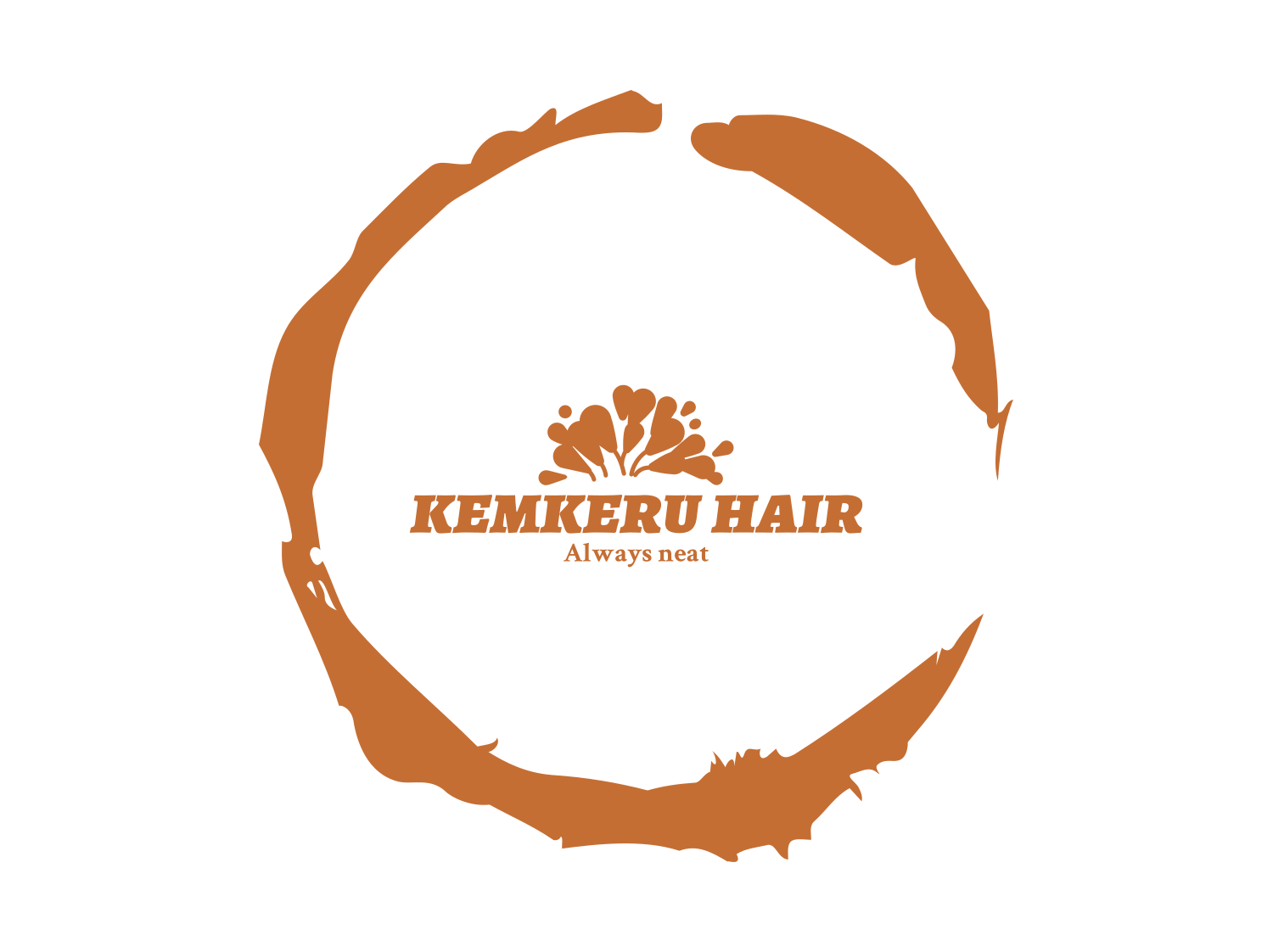
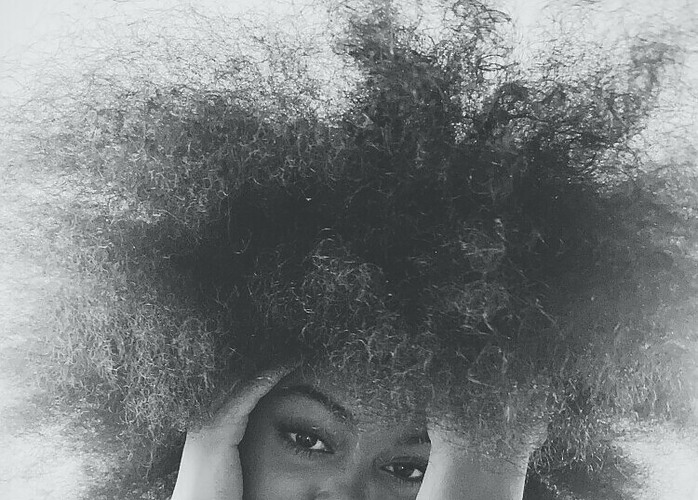
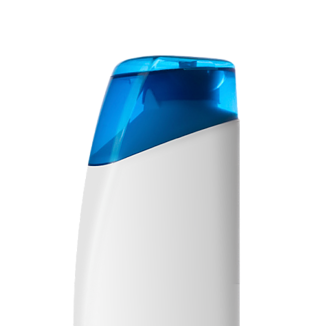

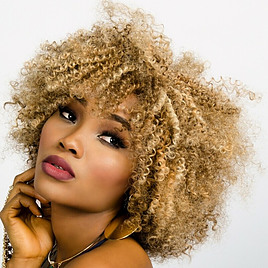 I hope that you embrace these tips with optimism and patience. As you tweak and refine your hair care process, don’t worry too much about getting it perfect from the get-go; healthy hair is a long-term commitment that evolves with you over time. If you want to keep a journal on your hair, I have a
I hope that you embrace these tips with optimism and patience. As you tweak and refine your hair care process, don’t worry too much about getting it perfect from the get-go; healthy hair is a long-term commitment that evolves with you over time. If you want to keep a journal on your hair, I have a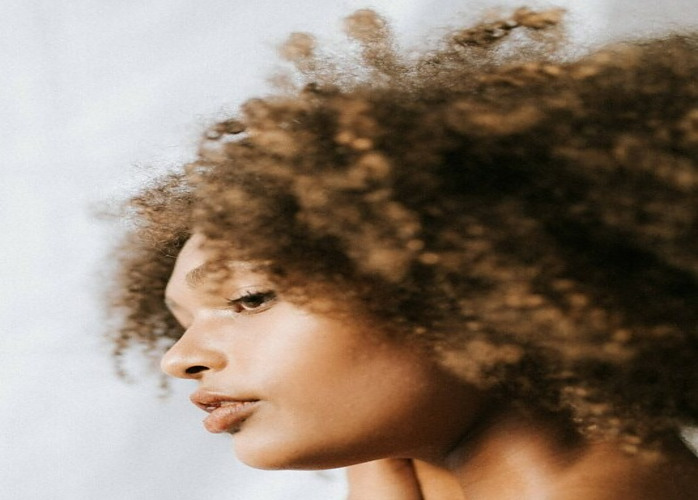
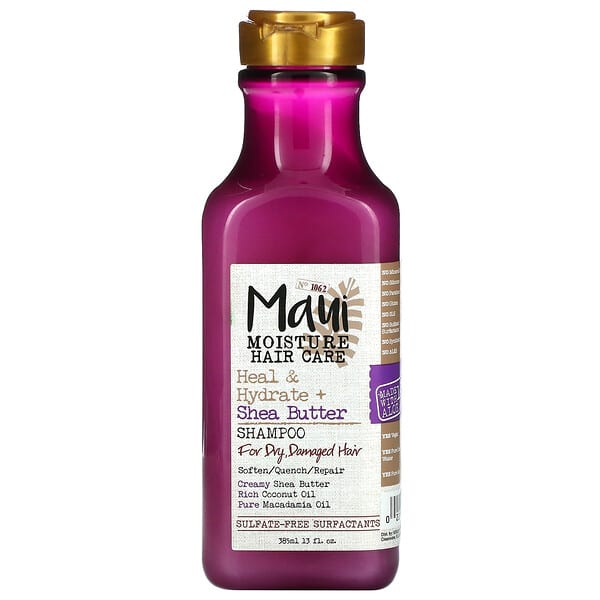 Another great item that I also love to use if I don’t get Maui is the Giovanni tea tree triple treat, this one makes my hair feel like it’s so soft and smooth. It was a Shampoo that I was a little unsure about initially, however, once I used it I had no doubts. It also ranges in price from $ 10 – $12. I like it because during winter my scalp gets dry and when I use this it’s not as dry. It smells great as well. It’s also great for different hair types not just curly hair. iherb is a great place to get them.
Another great item that I also love to use if I don’t get Maui is the Giovanni tea tree triple treat, this one makes my hair feel like it’s so soft and smooth. It was a Shampoo that I was a little unsure about initially, however, once I used it I had no doubts. It also ranges in price from $ 10 – $12. I like it because during winter my scalp gets dry and when I use this it’s not as dry. It smells great as well. It’s also great for different hair types not just curly hair. iherb is a great place to get them.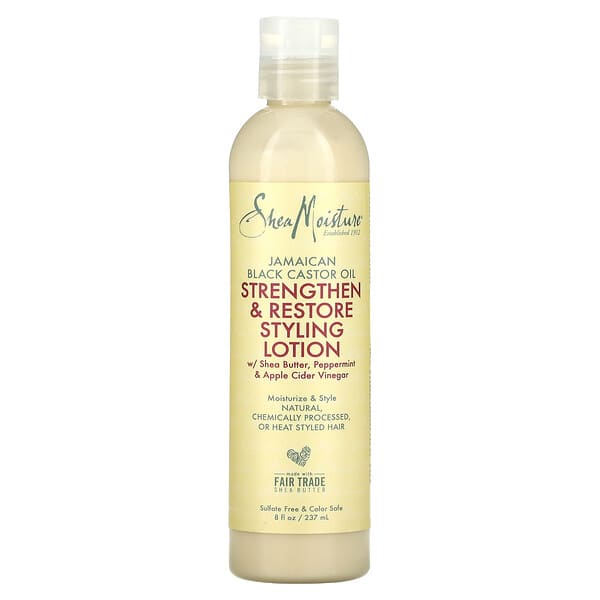
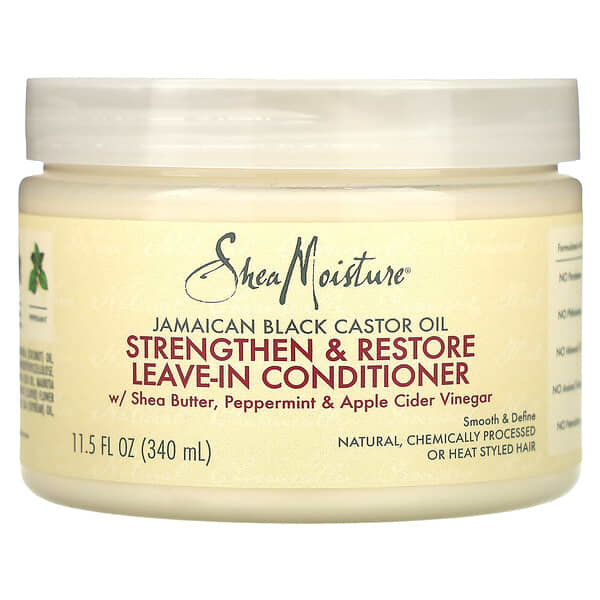
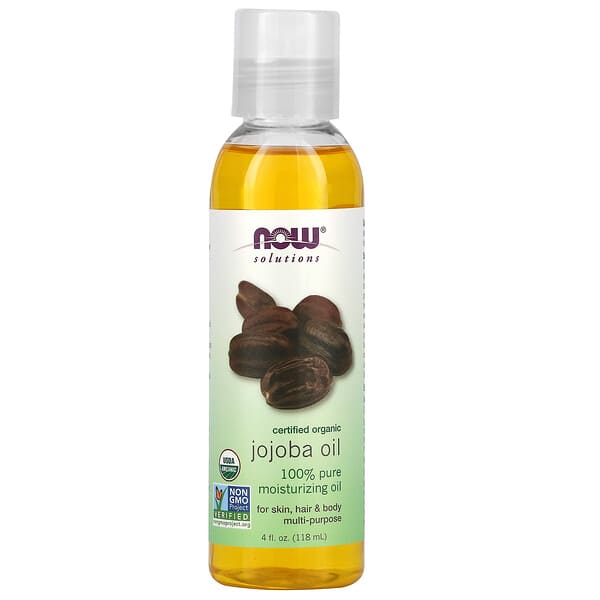 It’s now available for a limited period at $9.36 which is a great bargain as it normally goes for $11. 00.
It’s now available for a limited period at $9.36 which is a great bargain as it normally goes for $11. 00.